How To Care For Your Beautiful Phalaenopsis Orchid

by
Joy Us garden
(IC: blogger)
By Nell Foster - Joy Us garden
Many of these Phalaenopsis Orchid care tips came straight from the the growers themselves.
Many of these Phalaenopsis Orchid care tips came straight from the the growers themselves.
Holy Orchidaceae batman – how fascinating, gorgeous and intriguing your flowers are. Each of your blooms is like a work of art! Also known as the Moth Orchid, this is the one that does the best as a houseplant and can be commonly seen in restaurants, hotels, offices, spas and the like. Here’s how to care for your Phalaenopsis Orchid to keep it healthy and also how to get it to bloom again.
Caring for these beautiful orchids is not as hard as you may think. This should help you out:
{
"id": "2994328",
"alt": "",
"title": "",
"video_link": "https://www.youtube.com/embed/M3dFNiHHVaM",
"youtube_video_id": "M3dFNiHHVaM"
}
{
"width": 634,
"height": 357,
"showRelated": true
}
Be sure to watch the video outlining their care.
Watering: I did a separate post & video on how I water my Phalaenopsis Orchids last week which has a lot more details in it. In short, you want to water them thoroughly & let the water completely drain out. If yours has gone bone dry, then you may want to soak it in a pail or bowl for 10 minutes making sure all water drains out.
Pruning for Re-Bloom: Most growers get re-bloom from their Phalaenopsis Orchids in 6-9 months. Mine usually re-bloom closer to the 9 month mark. It’s best to watch the video for this, but the higher up you prune, the sooner it will flower again. I’ll do a separate video on this in the next couple of months because it’s easier to understand by watching. Some people prune the stem down to 1 node above the foliage which is fine but it takes longer for the stem to re-grow. I prune just above the node below where the very 1st flower appeared.
Air Roots: Speaking of roots, your Phalenopsis will probably have some of them growing out of the pot. It’s not because the orchid is pot bound – those are the air (or aerial) roots reaching for something to grab onto. They’re epiphytes & in nature, they grow on other plants & those wandering, spider-like roots are what anchor them.
Enjoyed the project?

Want more details about this and other DIY projects? Check out my blog post!
Published September 21st, 2015 1:34 PM
Comments
Join the conversation
2 comments



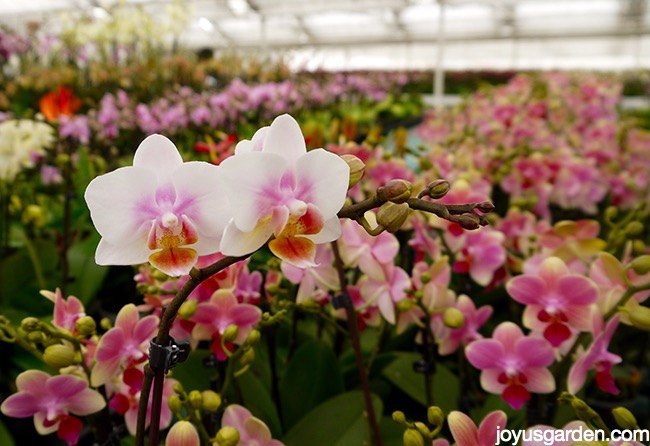




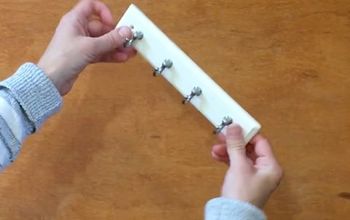
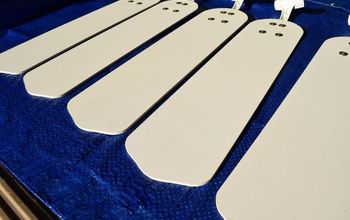






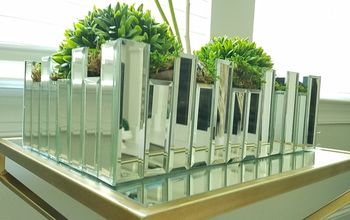










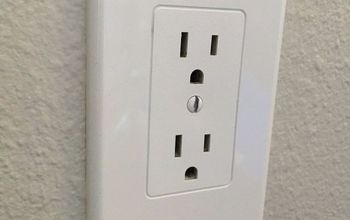



Frequently asked questions
Have a question about this project?